The Carnivorous Venus Flytrap Plants Can Count – Jennifer Böhm (2016)
Researchers at the University of Würzburg, in Germany have shown for the first time that carnivorous Venus flytrap plants (Dionaea muscipula) have the ability to track time between two stimuli 20 seconds apart precisely. This time keeping ability is a remarkable evolutionary adaptation that minimizes false signals that may lead to unnecessary trap closure. Nature is full of random unexpected events and Venus flytrap survival depends on a reliable trigger mechanism for its trap closure. A sensitive trap closing due […]

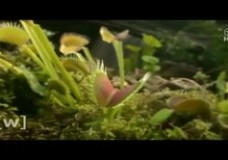
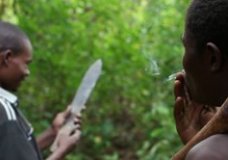


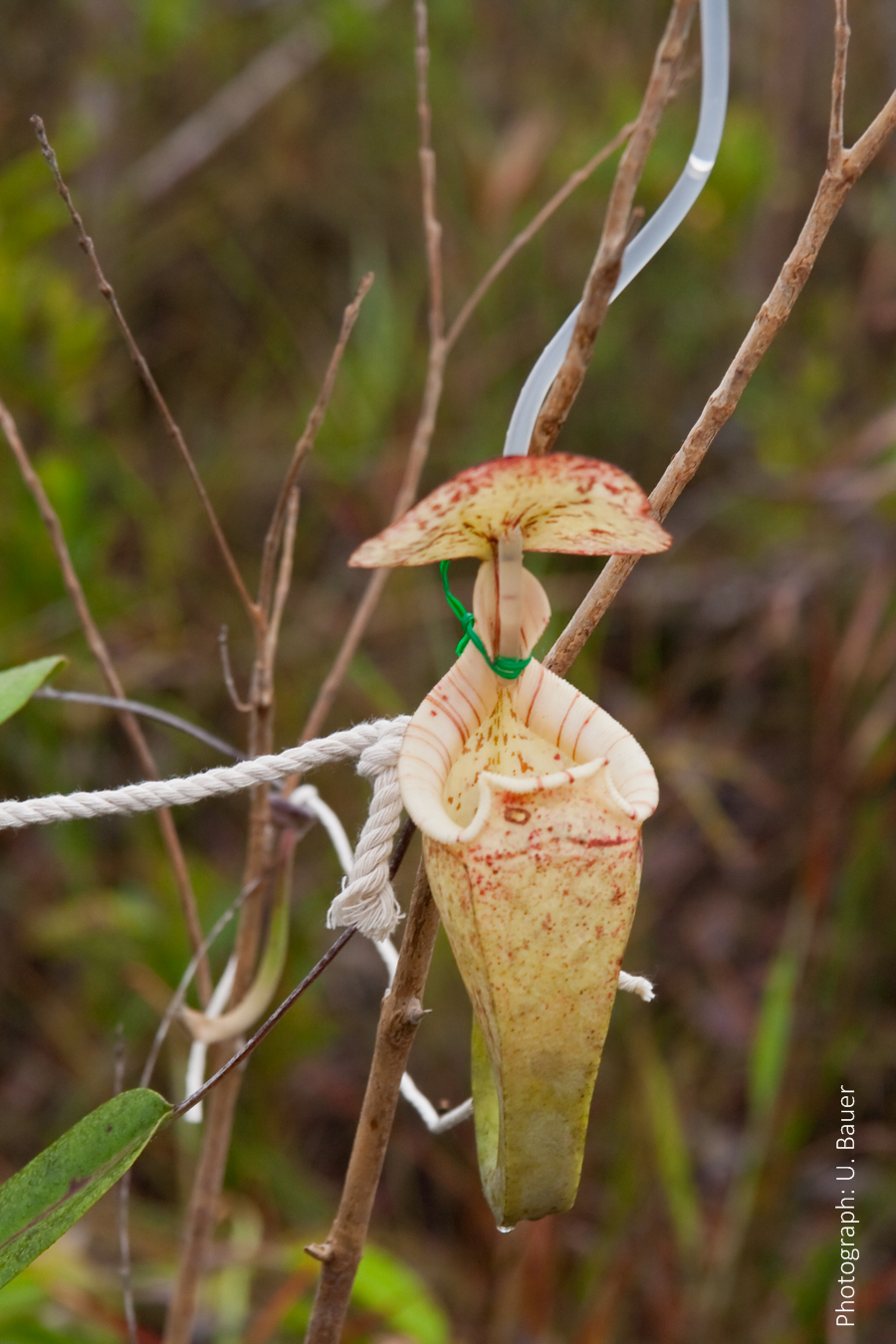
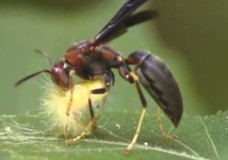
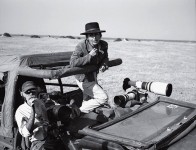
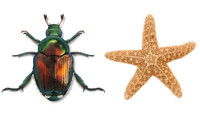



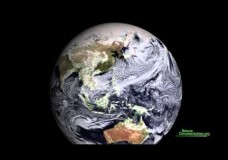
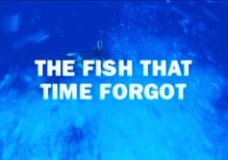
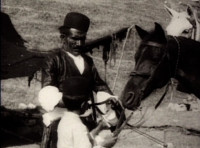
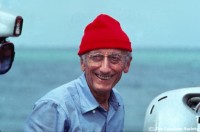

Recent Comments